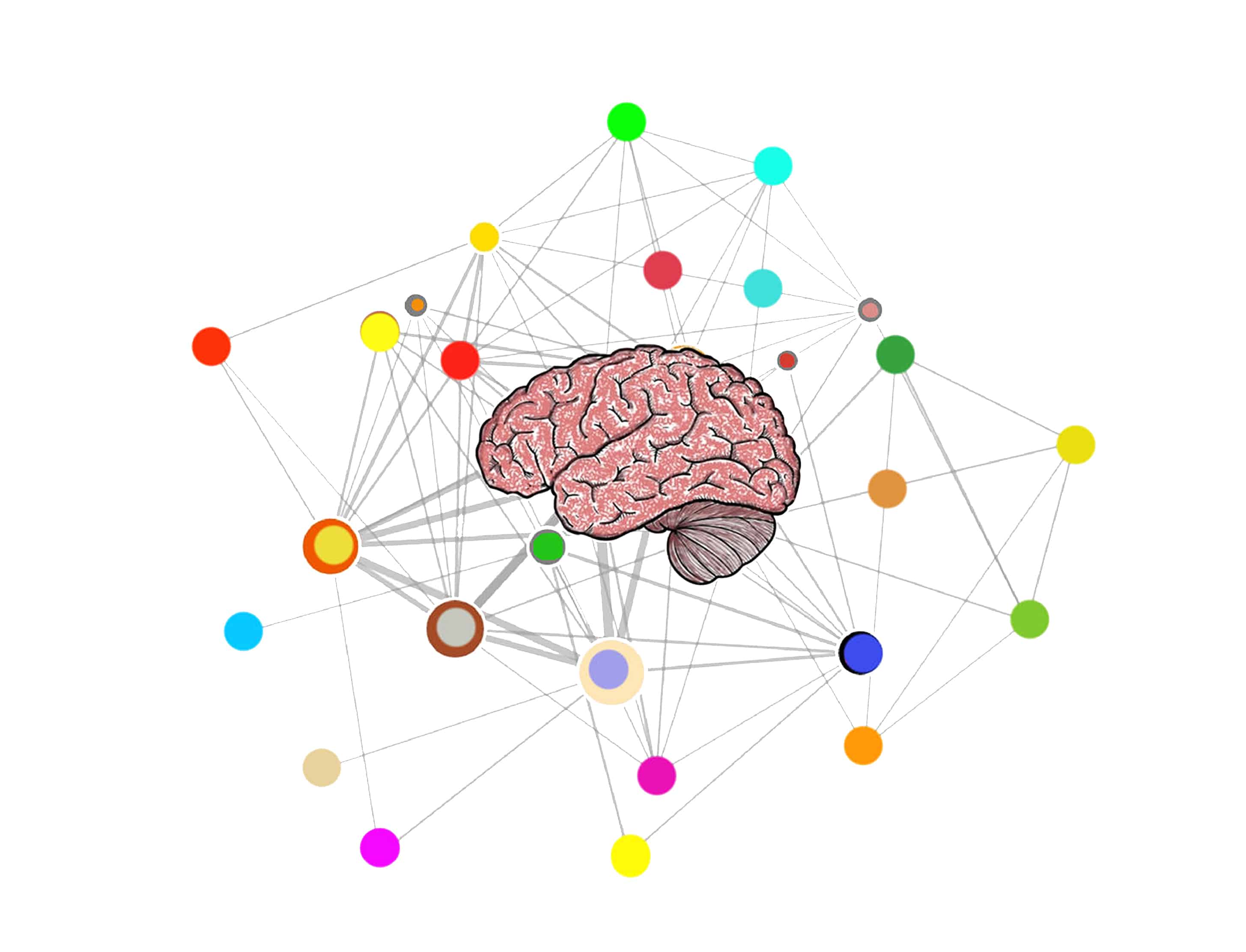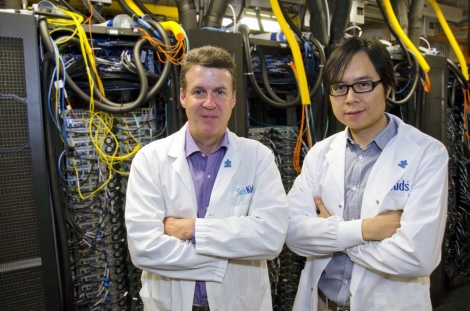The largest genomic analysis of autism spectrum disorder (ASD) to date, led by Drs. Ryan Yuen and Stephen Scherer, appeared this month in Nature Neuroscience.
The authors completed whole genome sequencing of 5,205 individuals with ASD, a term that encompasses disorders previously considered to be distinct diagnostic entities such as autistic disorder and Asperger’s disorder. ASD is a neurodevelopmental disorder affecting approximately one per cent of the population worldwide, with features such as “impaired communication, challenges socializing, repetitive behaviours, and restricted interests.”
As a result of collecting over 5,000 samples from families, the authors uncovered 61 genes that increase an individual’s risk for ASD.
Of these 61 genes, 18 were novel and had not been previously reported in connection with the disorder.
It is perhaps unsurprising, given the diversity of disorders under the umbrella of ASD, that many individuals had differing mutations and genes associated with their ASD risk. The authors in this study also looked at over 80 families with hereditary ASD in order to explore the history of the disorder within different families.
When looking at siblings both affected by ASD, “only one-third of the sib-pairs shared the same genetic alteration,” said Yuen.
This study, among others, has “[confirmed] the familial heterogeneity of ASD,” Yuen
explained.
After analyzing data in over 1,000 families, the authors were able to discover de novo mutations. These are changes in the DNA — the genetic material of an organism — that occur spontaneously in either a parent’s sperm cell, egg cell, or during fertilization.
The mutation in the DNA is retained in each cell as the fertilized egg divides. These de novo mutations may explain ASD in cases where there is no hereditary component.
“Right now there are no medicines for the core features of autism,” said Scherer, Director of The Centre for Applied Genomics and the senior investigator on the paper.
The researchers showed that 80 per cent of the 61 genes they found within their data are connected to networks that could potentially be targeted pharmaceutically.
Not only does this research provide insights into drug treatment, but it can also play a role in improving diagnosis of ASD.
Most ASD-affected children are diagnosed after the age of 3, but “if genetic diagnosis is [implemented], intervention can be given for children under [the] age of 3 when they benefit most,” stated Yuen.
This study was able to discern the molecular basis of the individual’s disease in 11.2% of the cases. “We will continue to do whole genome sequencing on more families with ASD in order to complete the autism genetic puzzle,” said Yuen.
To deal with the heterogeneity in ASD, more samples need to be sequenced.
Scherer aims to “get 10,000 samples done by 2017.”
The whole genome data and clinical information generated in this study is uploaded to Google Cloud. “As far as I know, this is the biggest dataset available to researchers via an ‘open science’ format,” stated Scherer.
The cloud database is accessible to researchers in a controlled-access internet portal, free of charge. Scherer noted that gaining ethical approval to upload patient data to a cloud platform and making it available to researchers represented one of the greatest challenges.
The MSSNG project, to which this database and study belong, is a collaboration between Google, Autism Speaks, and The Hospital for Sick Children.
According to its website, MSSNG’s goal is to create the world’s largest genomic database on autism.
The omission of letters in MSSNG, pronounced ‘missing,’ represents the information that has yet to be uncovered in relation to autism. As research continues in this field, these data may be leveraged to fill the gaps in knowledge about autism.



